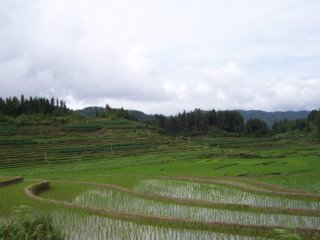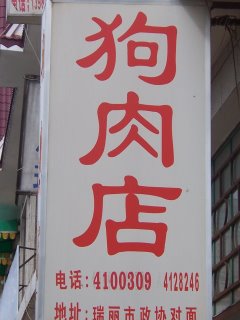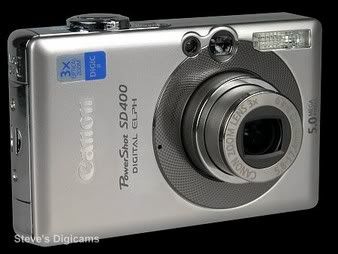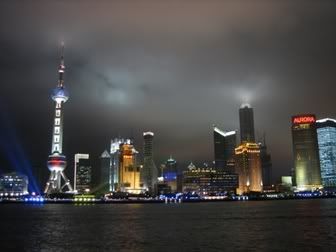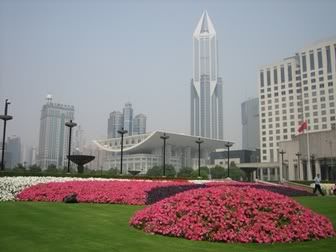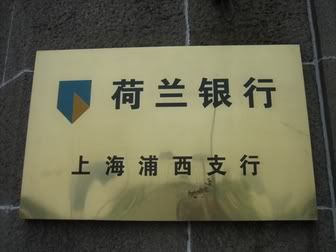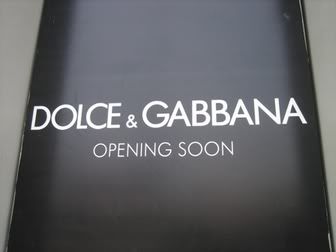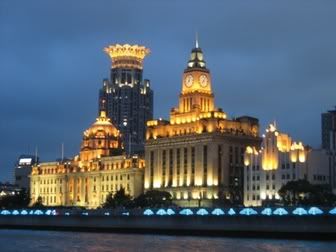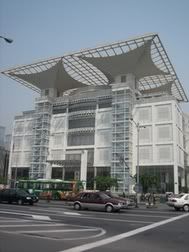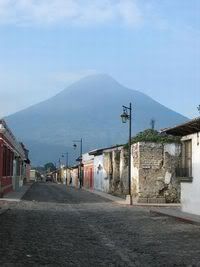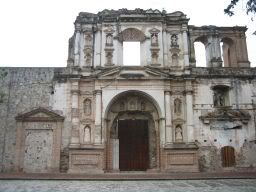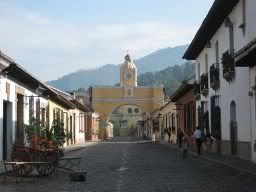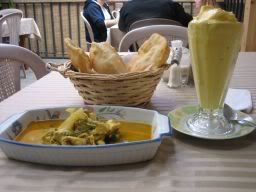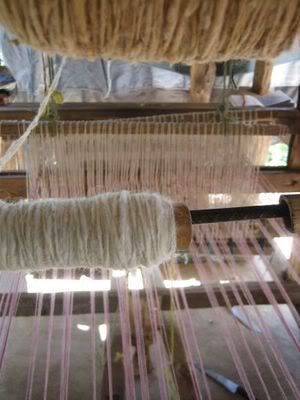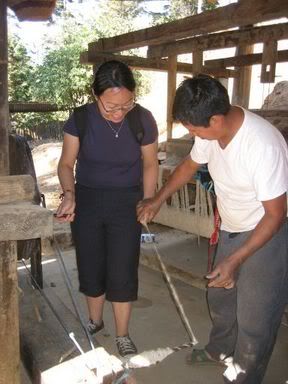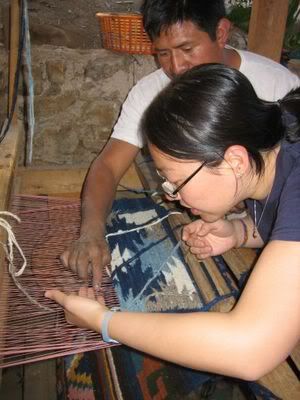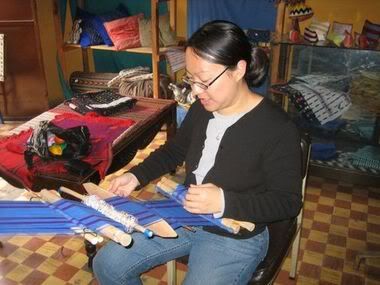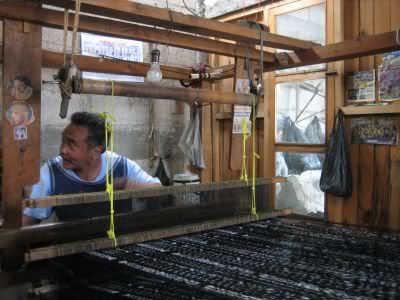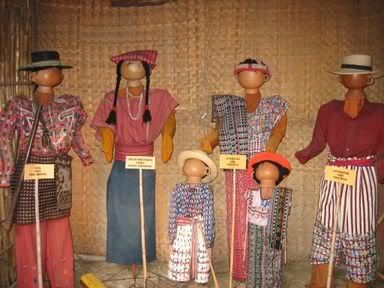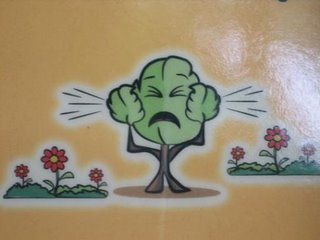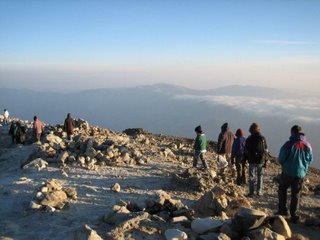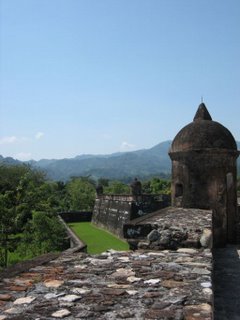Time warp! The Road to Mandalay (Ruili–Jiegao–Mu-Se–Lashio–Hsipaw–Pyin U Lwin–Mandalay)
Hello, everyone! Actually, I'm not in Mandalay yet...but I was able to get online faster than I thought! The internet is indeed slooow. As such, I'm not going to attempt to post any pictures in this post.
I am currently in Pyin U Lwin (or Pyin Oo Lwin, however you want to spell it), a lovely old town about 2 hours drive outside of Mandalay where one still feels the lingering presence of the British colonial air.
In fact, I imagine that much of the Myanmar that I have seen has not changed much since the British left in the 1940s. This is the type of place where most people still get excited and wave at trains as they pass. It's a place that remains very sweet and innocent, something that I honestly haven't seen very much of in my travels this year.
On Monday, I crossed the border from Jiegao (China) to Mu-Se (Myanmar). The Chinese border guards were awesome! I had a great chat with this wonderful bunch of fellows. They were very kind...and extremely amused to see an American passport!
It took a bit of time to exit the Chinese side (the customs officials took a digital photo of every single page of my passport), but this was nothing compared to the paperwork on the Myanmar side. Holy crap! I had to sign copies upon copies of...stuff. OK, I'm ashamed to say I signed all sorts of stuff without even reading it! But – trust me, legal types - I wouldn't have had time to! Luckily, my guide (if you cross overland from China, you must have an official "guide"), Mr. Tong Kai, assured me I wasn't agreeing to anything crazy. In Mu-Se, Mr. Tong Kai – an adorable (as in "little kid" adorable) Burmese guy who looked like he was about 15 (he was 27)– said, "I just have to make some photocopies for the government and our personal records, OK?" He proceeded to photocopy non-stop for about 45 minutes. Yikes.
I learned that my overland passage into Myanmar is actually an arrangement that the owner of the travel agency has with a high-up government (i.e, military) official. The officials gets a little bribe for allowing foreigners' passages overland. Hmmm...so that's what my "tourist permit" fee was for!
I eventually did get to leave Mu-Se, in a hired car that took me on the 4 ½ hour trip from Mu-Se to Lashio on the old Burma Road. This particular Burma Road (this is just one of the three actual "Burma Roads" used during WWII) was an overland route from Mandalay to Kunming (in China) that the Allies used to supply the Chinese Nationalist troops. The road was decent, but the views were stunningly beautiful (darn! A picture is really necessary here!). Along the way were a few police checkpoints, which the Myanmar government has set up in an attempt to curb smuggling over the Chinese border. "You can take pictures of anything along the journey,\" Mr. Tong Kai tells me, "But please do not take pictures of the checkpoints. The military will be very mad." Thanks for the tip, Mr. Tong Kai!
In any case, I eventually got to Hsipaw without too much incident, although I have already had experiences with frequently blocked roads (traffic comes to a standstill for hours on these old single lane roads) and inconsistent electricity (power in Hsipaw only from 6 to 10 PM!). I stayed at a wonderful guesthouse and took some lovely treks out to local villages. In the Hsipaw area (Shan state in general), there are many ethnic Chinese, so I was delighted that I could still practice my Mandarin with some of them!! It was a great experience chatting with the villagers, either with my own Mandarin or through the help of my guide (the owner of the guesthouse, Mr. Charles, who spoke excellent Mandarin).
I had to drop the dream of hiking in Namhsan, the "Switzerland of Myanmar" (why is everyone forever comparing nice places with Switzerland?!?!), because – after waiting for transport for 5 hours – it was apparent that the bus to this very remote area of Myanmar was not coming...ever. Boo! So I headed to Pyin U Lwin on a sloooooow train, packed with people, baskets of fruit, and various other cargo. The journey took 7 hours (would have taken only 2-3 hours by road), but it was fun! We slowed to a creep over the Gokteik Railway bridge, built by American engineers in the early 1900s over a deep gorge. Felt like we would fall into the gorge at any second, but what an experience!
I hired a guide today to try to hike to the Anisakan Waterfalls outside of Pyin U Lwin, but it was too rainy to brave the steep 45 minute descent into the waterfall valley. Boo! On the bright side, I did get to see the lovely old buildings of Pyin U Lwin, built by the British during their time here (red brick = British!), as well as some other little sites out of town (smaller waterfalls and a weird cave filled with Buddha statues). My guide is also an awesome dude – he invited me to his house for tea, and I ended up chatting for a long time with his uncle. It turns out a lot of the older folks here – around 50-60ish years old – speak terrific, quaint British-accented English because of their education in British schools during the old days (before the military government nationalized the schools and education became crap). They love chatting about country's current situation and just about anything. It is an extremely humbling experience. If you don't know much about Myanmar, please read up on it! You'll be amazed at what has been happening here for the past 40 or so years.
So I guess things aren't working out 100% in terms of visits to sites I want to see, but that's just more excuses to come back here. I already realize that I won't have enough time to see all of this wonderful country, and it certainly deserves a better look!
Off to Mandalay, then! Hopefully another blog is right around the corner...

